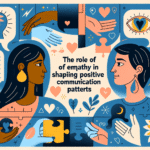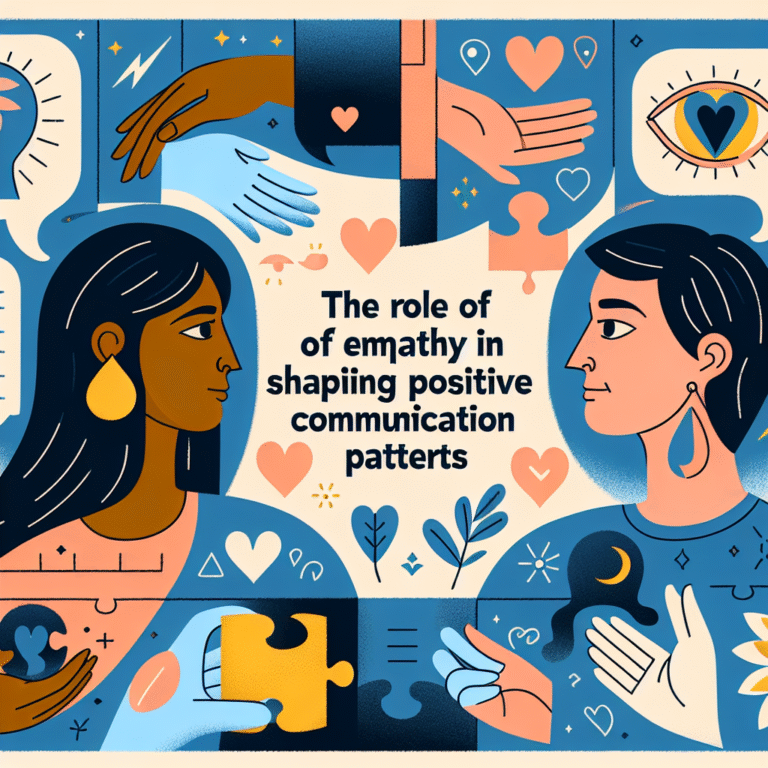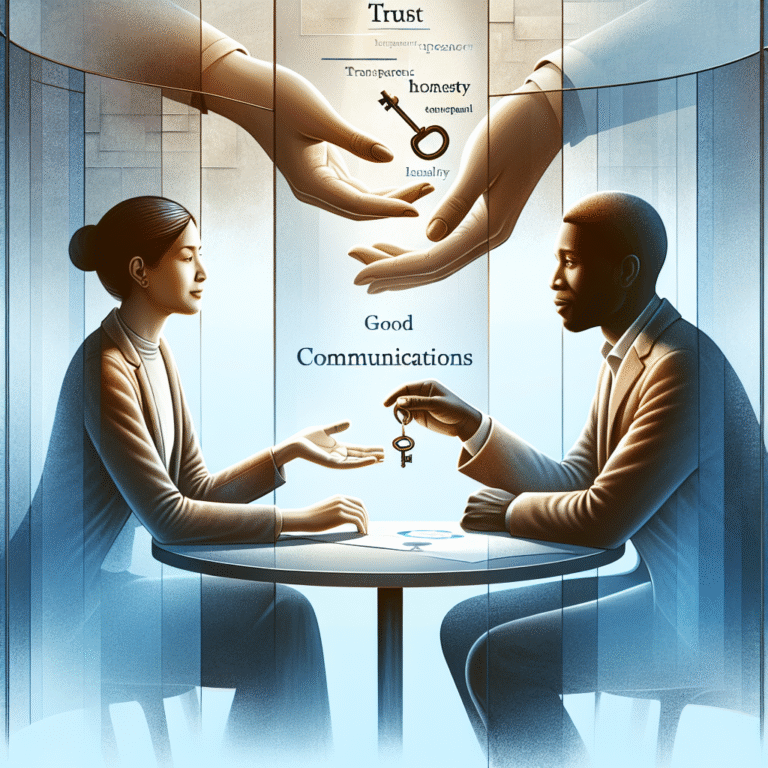
Introduction
In the whirlwind of modern life, relationships often feel like an uphill battle. With the pressures of work, family, and endless to-do lists, it’s no wonder many couples experience strain. Yet, what if the challenges you face could be transformed into opportunities for growth? In this guide, "From Strain to Gain: How to Enhance Satisfaction in Your Relationship," we’ll explore actionable insights that can help you convert those relationship hurdles into powerful strengths, creating a partnership that thrives on satisfaction.
Understanding Relationship Strain
What Causes Relationship Strain?
Relationship strain can stem from various factors, including:
- Communication Breakdown: Misunderstandings can lead to conflict.
- Unrealistic Expectations: Having ideals that are hard to achieve can lead to disappointment.
- Financial Stress: Money problems can create tension.
- Life Changes: Events like parenthood, job changes, or relocating can disrupt established dynamics.
The Impact of Strain on Satisfaction
When relationships are under strain, satisfaction levels plummet. According to a study published in the Journal of Family Psychology, couples experiencing high levels of tension report feeling less connected and satisfied. These strains can lead to emotional withdrawal, further exacerbating the problem.
Transforming Strain into Gain: Strategies
Open Communication
1. Establish Safe Spaces for Discussion
Creating an environment where both partners feel comfortable expressing their thoughts can mitigate the strain. Consider scheduling weekly "check-ins," where each person speaks without interruption.
- Case Study: Dave and Lisa started weekly discussions about their feelings and worries. After three months, both reported feeling heard and understood, and their relationship satisfaction improved significantly.
2. Active Listening Techniques
Practicing active listening involves acknowledging what your partner says without immediately responding. This method fosters deeper connections and lessens misunderstandings.
| Active Listening Techniques | Benefits |
|---|---|
| Paraphrasing what your partner says | Shows you are engaged |
| Asking open-ended questions | Encourages a rich dialogue |
| Confirming feelings | Validates emotions |
Setting Realistic Expectations
3. Align Goals
Every relationship thrives on mutual goals. Take a day to sit down and outline what you both want from the relationship, ensuring both partners feel included.
- Case Study: Maria and John had differing views on household chores. By aligning their goals through discussion, they created a chore chart that felt fair and achievable.
Financial Transparency
4. Budgeting Together
Money can be a significant source of stress in relationships. By budgeting as a team, couples can ensure that they are both on the same page financially.
- Case Study: Anna and Joe faced mounting credit card debt. After sitting down together and reviewing their finances, they developed a plan that not only fixed their debt but also brought them closer.
Embracing Life Changes
5. Support During Transitions
Navigating life changes can strain a relationship if not managed effectively. Offering mutual support during these times can transform potential conflict into a learning experience.
- Case Study: After their first child was born, Sarah and Mark found themselves overwhelmed. By redistributing responsibilities and sharing parenting tips, they not only survived but thrived during this transition.
Cultivating Emotional Intimacy
6. Daily Rituals of Connection
Creating small, daily rituals can significantly enhance emotional intimacy. Simple acts like a good morning text or a nightly recap of the day create opportunities for connection.
| Daily Rituals | Emotional Benefits |
|---|---|
| Morning coffee together | Start the day positively |
| Nightly gratitude sharing | Foster appreciation and warmth |
Seeking Professional Help
7. When to Consult a Therapist
Sometimes, external help can provide an objective view that can enhance satisfaction. Couples therapy can offer tools to work through persistent issues.
- Case Study: Two years of stagnation led Claire and Tom to seek therapy. They learned techniques that not only salvaged their relationship but deepened their bond.
Conclusion
Transforming strain into gain is a journey, not a destination. By implementing these strategies, couples can enhance their relationship satisfaction. Remember, every challenge is an opportunity for growth, and every discussion can pave the way for understanding. As you take these steps, know that each small improvement adds up, building a resilient, fulfilling partnership.
FAQs
Q1: What should I do if my partner refuses to communicate?
A: Encourage open dialogue using non-confrontational language. You might also consider seeking counseling together to facilitate better communication.
Q2: How do I avoid unrealistic expectations in my relationship?
A: Regularly discuss your relationship goals with your partner. Prioritize transparency and align your expectations together.
Q3: What are some signs that stress is affecting our relationship?
A: Signs include increased arguments, emotional distance, changes in intimacy, and feeling unheard.
Q4: How can I broach sensitive topics without causing conflict?
A: Use "I" statements, express your feelings, and ask for permission to discuss sensitive matters to foster a cooperative atmosphere.
Q5: When is it time to seek help from a professional?
A: If negative patterns persist despite your efforts or if unresolved issues cause significant distress, seeking professional help can provide the guidance needed.
This article has provided insights on how to practice, "From Strain to Gain: How to Enhance Satisfaction in Your Relationship." Transforming strains into wins is not just possible; it’s a rewarding journey worth embarking on! Whether through communication, goal alignment, or even professional therapy, satisfaction is within reach. Embrace the process, celebrate your progress, and watch your relationship flourish.

















